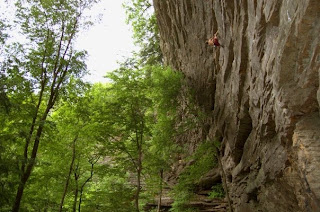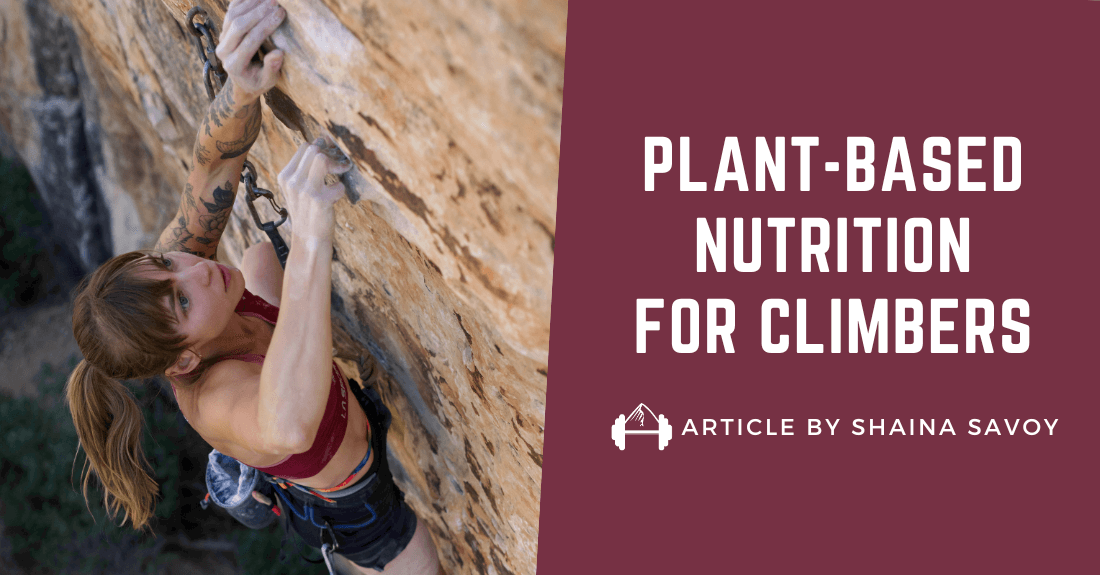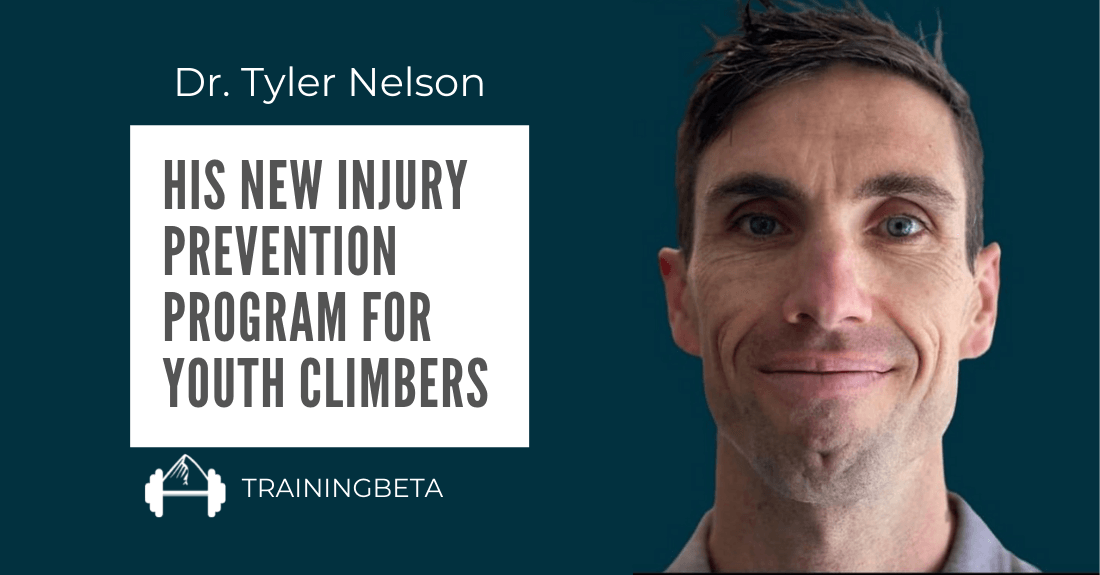This article was written by Kris Hampton and reposted from his site powercompanyclimbing.com. Kris Hampton is our friend and author of our 8-week Endurance Training Program (have you tried it out? It’s great if you’re looking to send longer routes!).
Kris talks about recovering while climbing, and gives training exercises to do to work on it. As he says, “Resting and recovery is a technique, and like any other technique, doing it well requires practice”…..learn from Kris how to practice it here:
Enter Kris Hampton:
“for shaking out, which most climbers don’t train enough of.”
I can’t count the number of times I’ve seen someone eek out the last moves to a huge rest jug, shake for a minute or two, and then launch into the next sequence, only to fall 3 moves later. I’ve heard them say “I think I rested too long.”
Huh?
I also recently overheard a coach telling his young climber, “don’t stay at that rest too long, you’ll get pumped.” The kid had been at the rest for about 15 seconds.
Huh?
Granted, I’m a Red River climber, and learning to recover is perhaps more useful here than anywhere else in the country. However, I’ve yet to visit a sport climbing area where I couldn’t utilize my recovery abilities. Even if your home area is Wild Iris, where the lines average about 35 feet tall, at some point you WILL be pumped, and you will NEED to recover.
So, how?
For 2 or 3 years, I focused a large (too large) part of my training on recovery. In doing so, I found a few exercises that really help, and alot that just destroy your skin. I’ll give you the ones that help.
 |
| Recovering on a send of Tapeworm, 12d |
1. Diminishing Returns
This one is by far my favorite, and has the added benefit of creating killer power endurance. It can be done on a bouldering wall, or a (preferably) steepish roped wall. You need a line that has a starting boulder problem 10-15 moves long, that you have fairly dialed, and that you can do without problem. The line also needs to have a juggy downclimb, and a jug at the start from which you can begin the boulder problem (the “shake out jug”).
It’s simple. You climb the boulder problem, with no shakes or chalks, then go down the juggy route to the start, with no shakes or chalks. Once you are on the “shake out jug”, you can shake out and chalk up. The moment you hit the “shake out jug”, either have a partner start timing, or keep a watch taped to the wall where you can see it. Stay for 2 minutes, then back up the boulder, and repeat till failure. (Ideally, you’ll want to fail around laps 8-10. Adjust the boulder problem accordingly)
On the next session, reduce your rest to 1:30. Next session, 1 minute. Then 30 seconds. No rest at all.
Now, go back to 2 minutes rest and see how your recovery abilities have improved.
If you’re doing it as part of your workout twice a week, it will take 3 weeks to complete a cycle. At that point, worsen the rest stance. Make the “shake out jug” a little smaller, or make the footholds smaller. Repeat the cycle with the new “shake out jug”.
#2. Details
Resting and recovery is a technique, and like any other technique, doing it well requires practice. For this one, you’ll need a pumpy route or long boulder problem (or series of problems that can be done without leaving the wall), that has a great rest stance at it’s end. Ideally, it’s a route that gets you fairly pumped, but not elbows up, elvis leg pumped.
Climb the route, and get onto the shake out stance. Stay there. Then stay there longer. Experiment with relaxing your grip as much as possible. So much that you begin sliding (in control) off the jug. Try out Eric Horst’s “G-tox” technique… alternating shaking with your arm above your head, and with your arm dangling. Try singing, reciting a specific word (I say “Float”), or zeroing in on little details on the wall in front of you. Anything to take your mind off the pump. Pay close attention to your heart rate. Feel it slow down, all the way back to normal. Stay there for 8-10 minutes. Then try to climb down.
At first, you might feel like you aren’t getting much back, and at first, you may not be. The more you practice it, the better your body will become at recovery. You’ll find little tricks that you like and will use. So what happens when you get better?
You make it harder. Keep learning to recover at worse and worse stances. Reduce the time on the rest when you start to understand the “feeling” better. By downclimbing (and climbing back up if you reach the bottom), you’ll force yourself into recovering from stances you wouldn’t normally choose to stop at.
Keep in mind that like any technique, you’ll nearly always have more to learn about recovery.
3. Switch.
Switch is a fun training exercise for which you’ll need a bouldering wall and a partner willing to partake in your crazy schemes. Again, this one is great to add to your power endurance cycle. Start by picking out 5 boulder problems for each person. If you have similar abilities, use the same group of problems. Also, find a great rest jug (NOT a no-hands stance) preferably on a slightly overhanging wall. One person starts at the shake out jug, while the other begins the set of problems. As soon as the climber has dropped to the mat after the final problem, you switch. And so on and so forth. Each person should climb/rest 4 times. Rest (on the ground) for 5 minutes.
Next, find a steeper/smaller/worse rest stance. Repeat the same 5 problems, with each person climb/resting 3 times. Rest 5 more minutes.
If you can, find an even worse rest, and repeat again, each person going twice.
If you fall on a problem, just move on to the next problem. Always do the 5 problems in the same order. Over subsequent sessions, you and your partner will be working to help each other. If your partner sends all her problems, you’ll get more rest and a better chance at sending your problems, thus giving her more rest. Partnership is what so much of this is all about anyway, right?
I’d love to hear if anyone has any other specific recovery related workouts they’ve tried. In my opinion, and apparently Bill’s, its one of the most overlooked aspects of training for hard routes.
Again, this review was written by Kris Hampton and reposted from his site, powercompanyclimbing.com. Kris Hampton is our friend and the author of our 8-Week Endurance Training Program. He’s also in the middle of creating a hi/low power program for us… stay tuned.





Leave A Comment